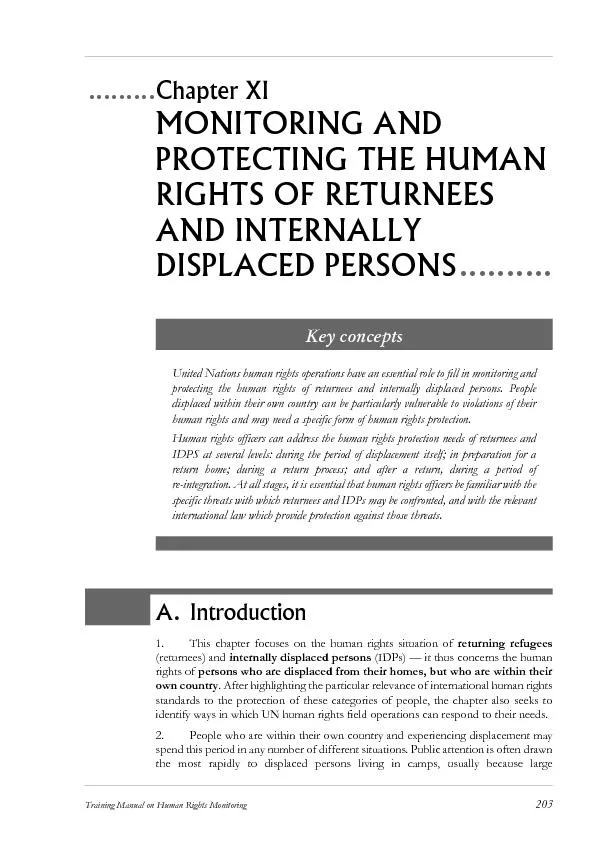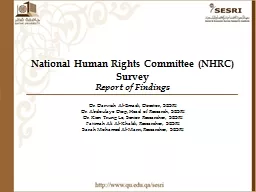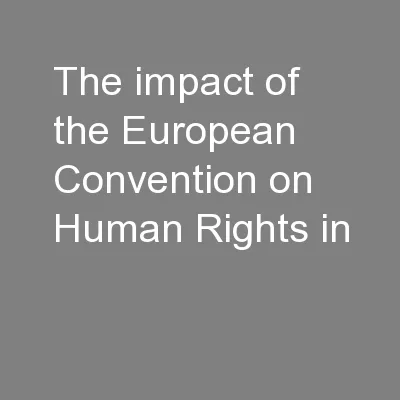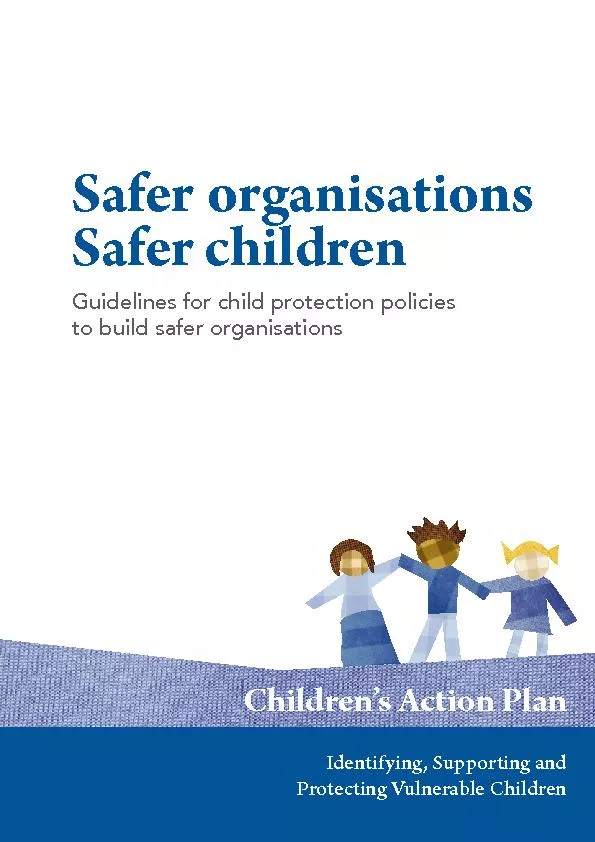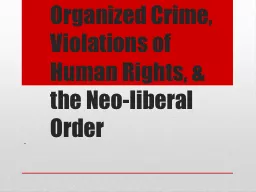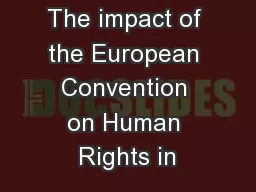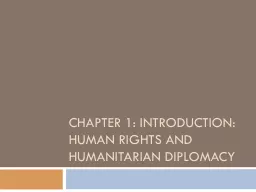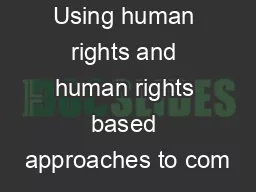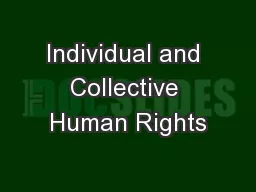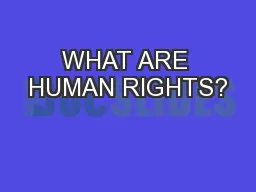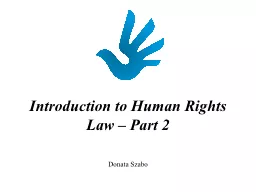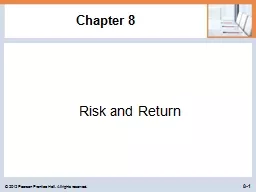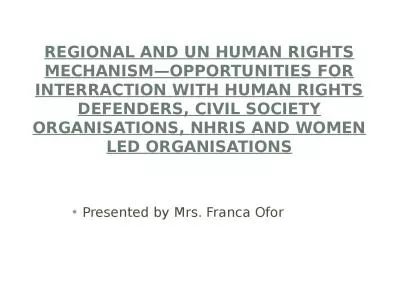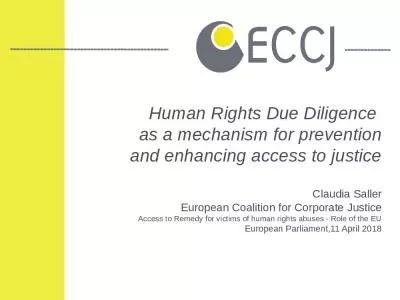PDF-.........Chapter XIMONITORING ANDPROTECTING THE HUMAN RIGHTS OF RETURN
Author : danika-pritchard | Published Date : 2016-06-16
Key conceptsUnited Nations human rights operations have an essential role to fill in monitoring andprotecting the human rights of returnees and internally displaced
Presentation Embed Code
Download Presentation
Download Presentation The PPT/PDF document ".........Chapter XIMONITORING ANDPROTECT..." is the property of its rightful owner. Permission is granted to download and print the materials on this website for personal, non-commercial use only, and to display it on your personal computer provided you do not modify the materials and that you retain all copyright notices contained in the materials. By downloading content from our website, you accept the terms of this agreement.
.........Chapter XIMONITORING ANDPROTECTING THE HUMAN RIGHTS OF RETURN: Transcript
Download Rules Of Document
".........Chapter XIMONITORING ANDPROTECTING THE HUMAN RIGHTS OF RETURN"The content belongs to its owner. You may download and print it for personal use, without modification, and keep all copyright notices. By downloading, you agree to these terms.
Related Documents

